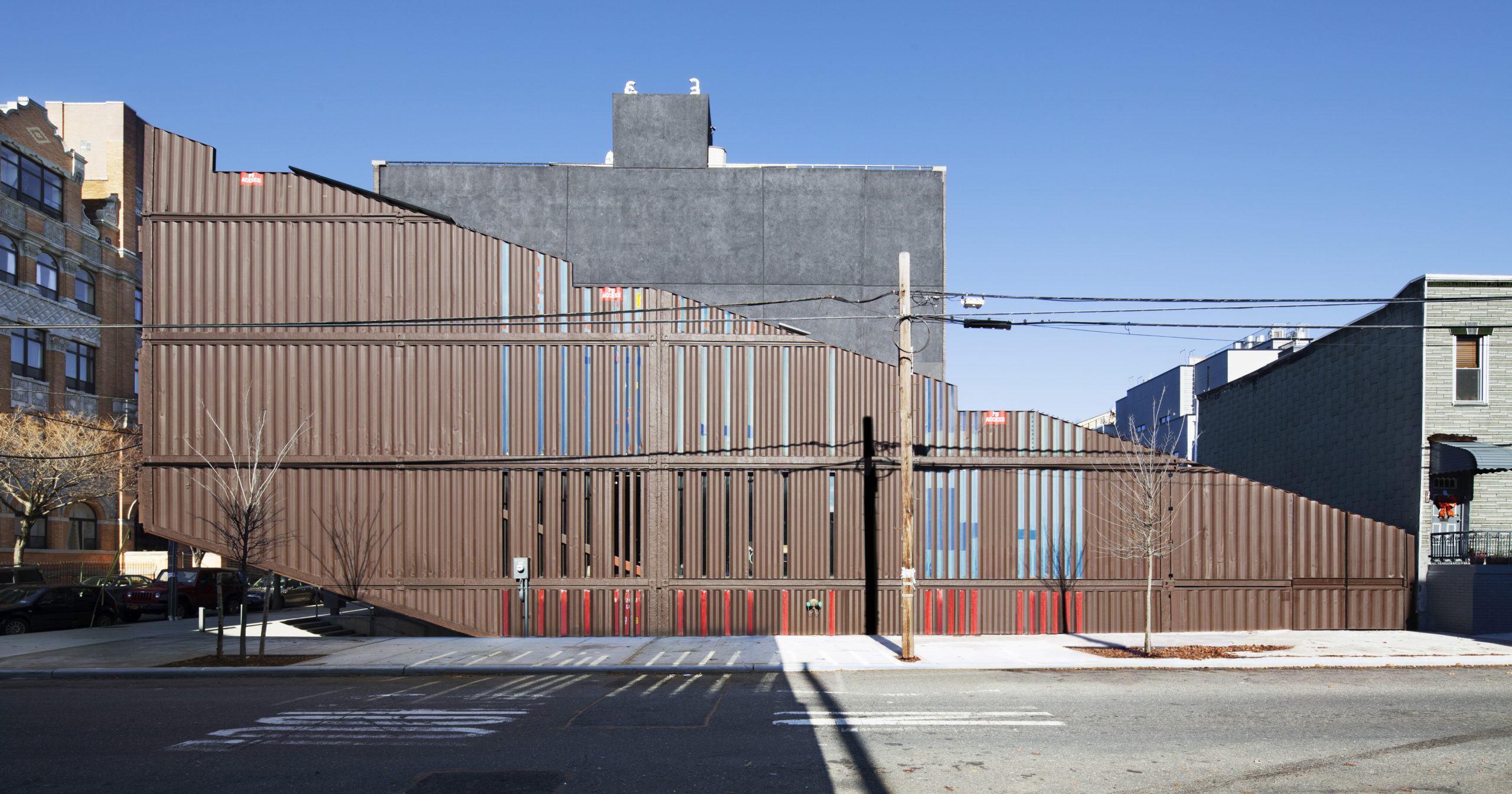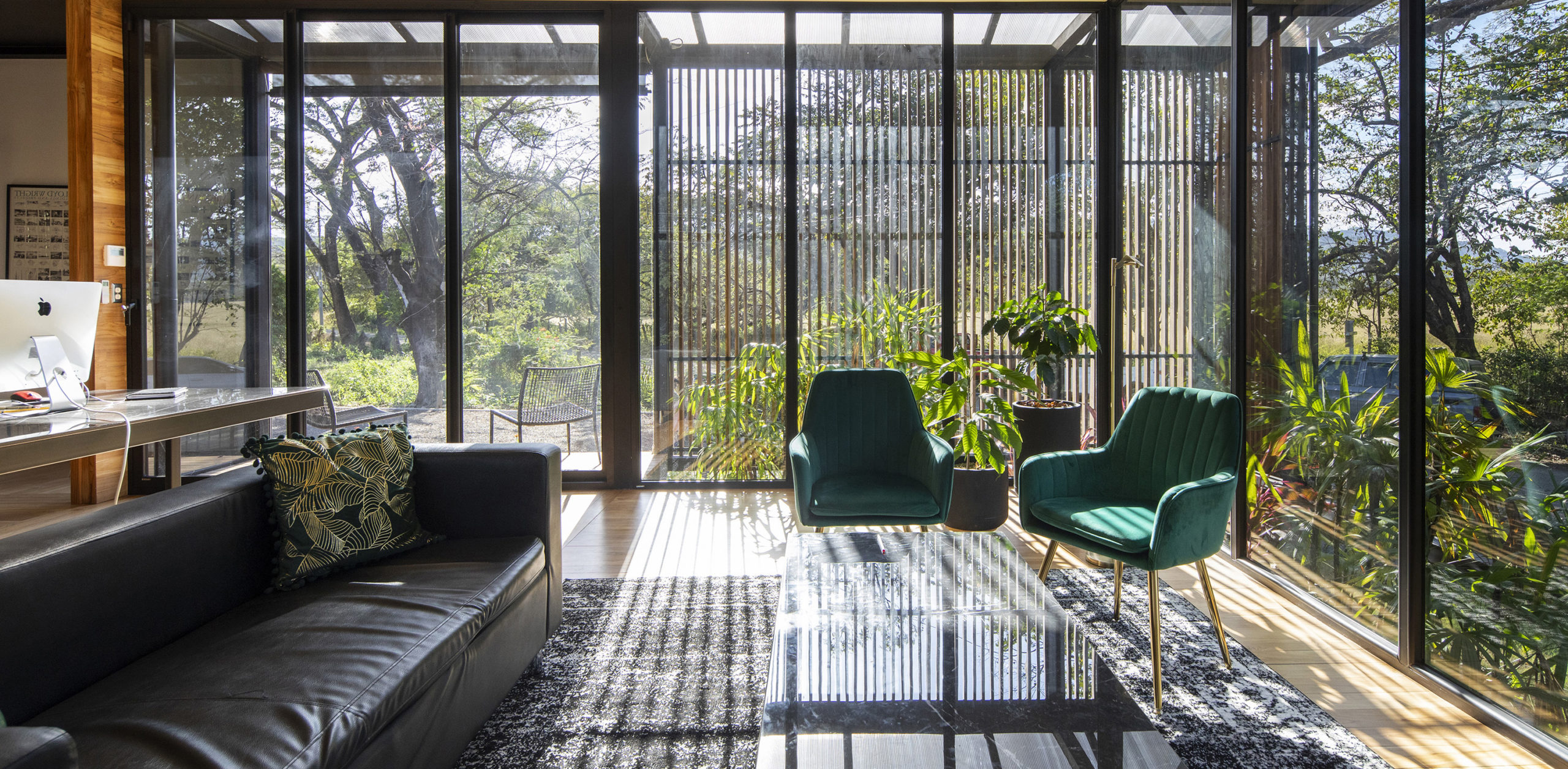Last chance: The 14th Architizer A+Awards celebrates architecture's new era of craft. Apply for publication online and in print by submitting your projects before the Final Entry Deadline on January 30th!
The climate crisis demands new design solutions that change industry standards for construction. In response, some architects are turning to upcycled architecture. From recycled materials to entire buildings, these projects embrace adaptive reuse through a holistic understanding of energy, water, carbon and more. Found in project types from small cafes to hotels and large university projects, upcycled architecture is becoming increasingly common across the world.
The building sector accounts for roughly a third of global fuel consumption. Turning the focus to embodied carbon, designers are considering the entire lifecycle of a building. One way to extend a building’s life is through adaptive reuse, which architects and designers are increasingly seeing as an opportunity to explore novel ideas and create innovative structures. This approach allows buildings to be repurposed for new use, resulting in a more sustainable long-term impact. Likewise, upcycled architecture emphasizes the reuse and repurposing of old or recycled materials. By exploring and utilizing reused materials, architects and designers can create designs that are more environmentally friendly than traditional construction methods. The following projects showcase upcycled design and adaptive reuse in different countries, across programs and at a range of scales.
NEW AARCH
By ADEPT, Aarhus, Denmark
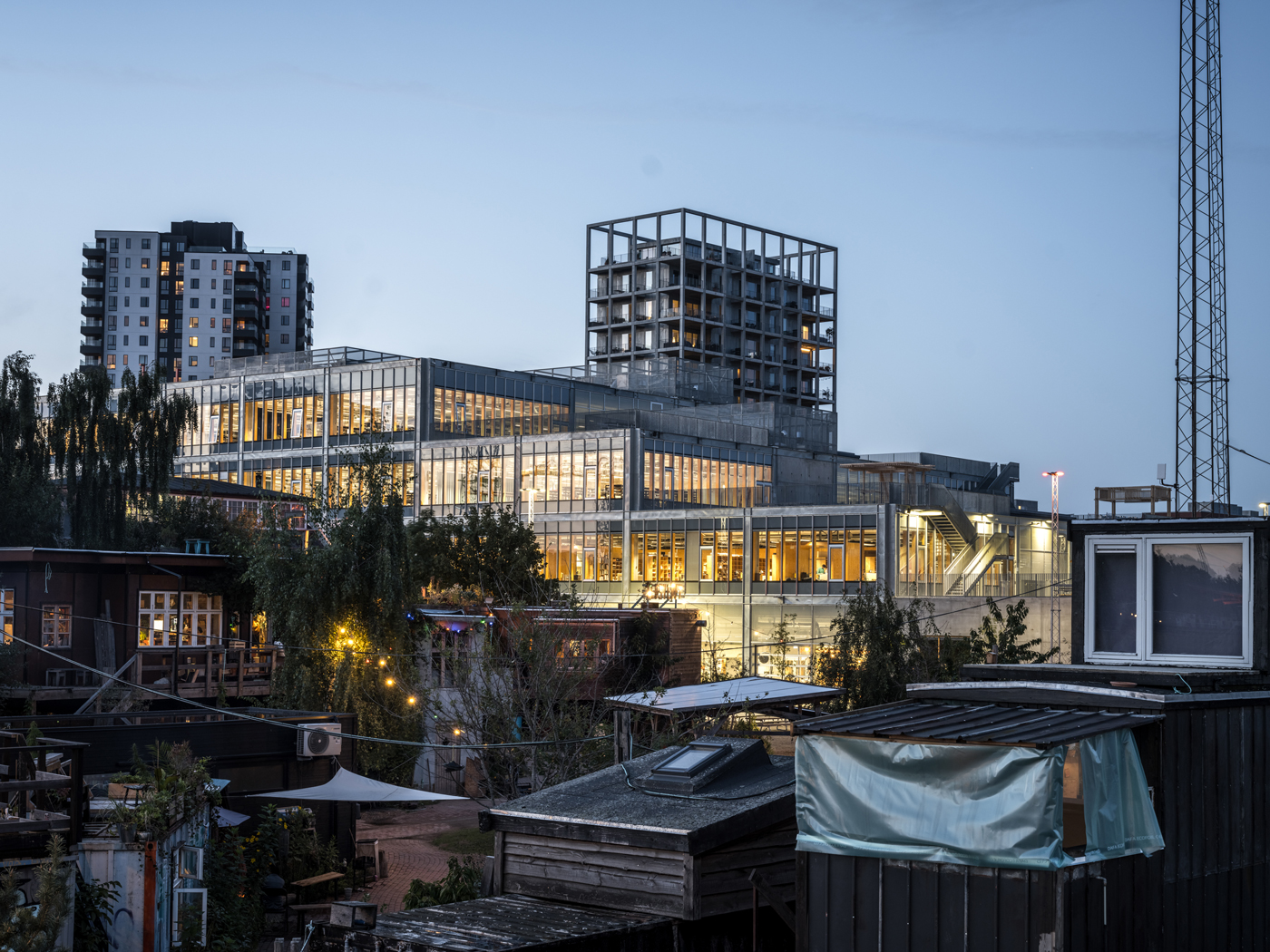
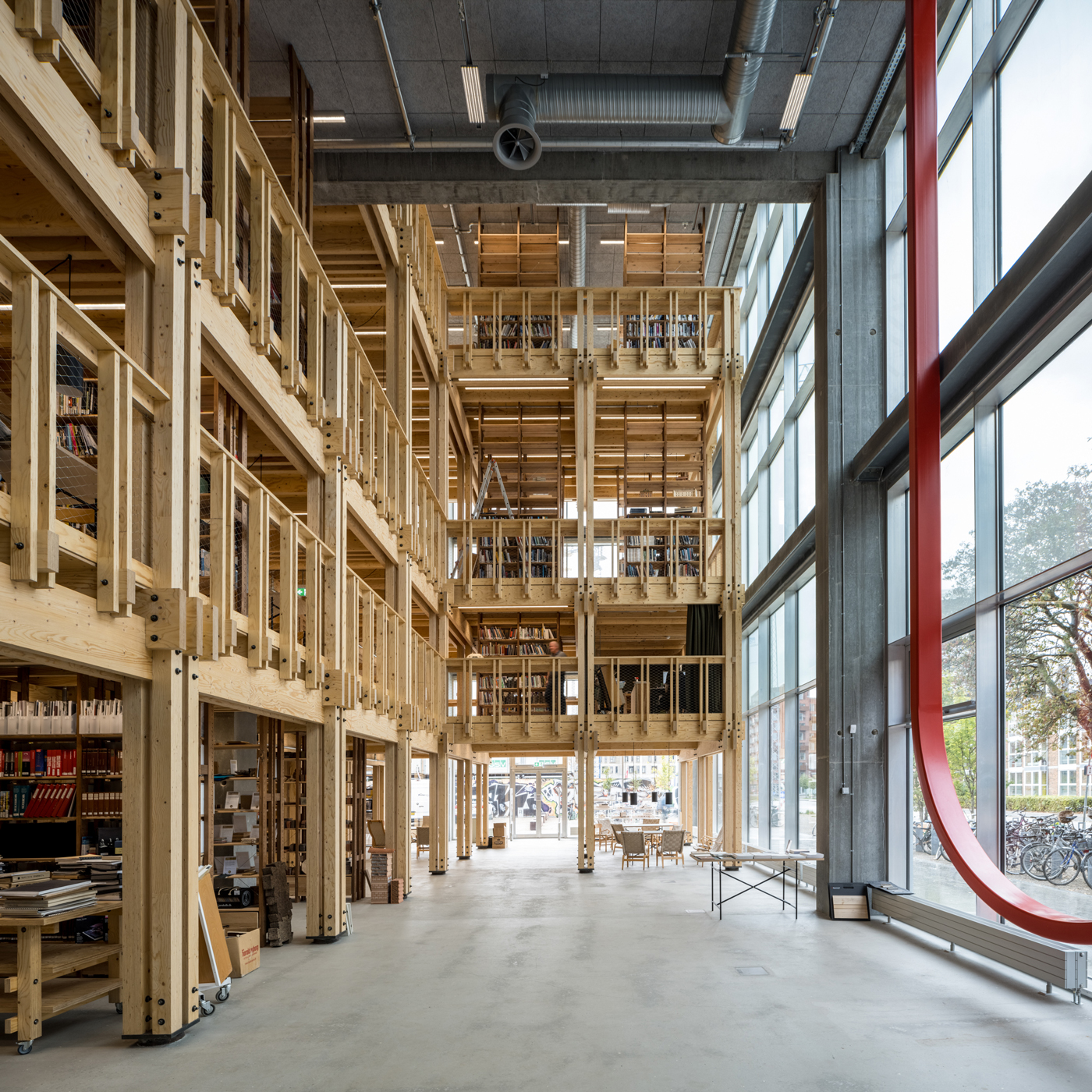 Designed as a laboratory for learning and exploring architecture, the Aarhus School of Architecture rethinks adaptive reuse. The building is located at a former railyard with traces of industrial history forming a raw authentic identity. Characterized by its exposed materials and MEPs, as well as its industrial details, the building design adapts to this environment. The team behind the project worked closely with the manufacturer to lessen the use of material in the construction as well as to maximize use of recycled material.
Designed as a laboratory for learning and exploring architecture, the Aarhus School of Architecture rethinks adaptive reuse. The building is located at a former railyard with traces of industrial history forming a raw authentic identity. Characterized by its exposed materials and MEPs, as well as its industrial details, the building design adapts to this environment. The team behind the project worked closely with the manufacturer to lessen the use of material in the construction as well as to maximize use of recycled material.
TuboHotel
By T3arc, Tepoztlán, Mexico

 In addition to being a totally new concept for the region, with TuboHotel, the team wanted to build a hotel quickly and at a very affordable cost that would serve tourism in Tepoztlán. They were inspired by the work of the architect Andreas Strauss, who in 2006, recycled concrete tubes to adapt rooms in a hotel. On a piece of land located on the outskirts of Tepoztlán, with excellent panoramic views of the Sierra del Tepozteco and in a wooded environment with unusual characteristics, the project was brought to life.
In addition to being a totally new concept for the region, with TuboHotel, the team wanted to build a hotel quickly and at a very affordable cost that would serve tourism in Tepoztlán. They were inspired by the work of the architect Andreas Strauss, who in 2006, recycled concrete tubes to adapt rooms in a hotel. On a piece of land located on the outskirts of Tepoztlán, with excellent panoramic views of the Sierra del Tepozteco and in a wooded environment with unusual characteristics, the project was brought to life.
Ferdowsi Cafe
By AshariArchitects, Shiraz, Iran
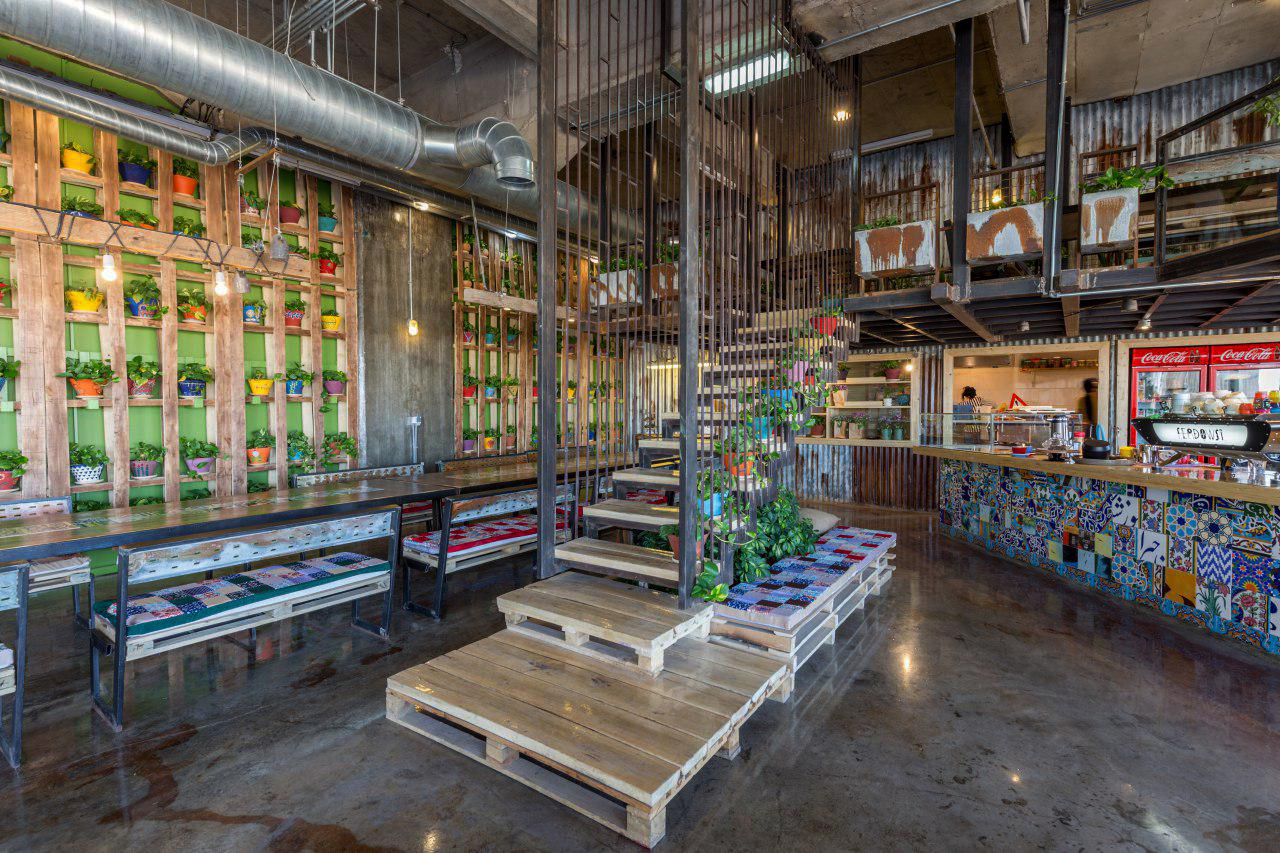
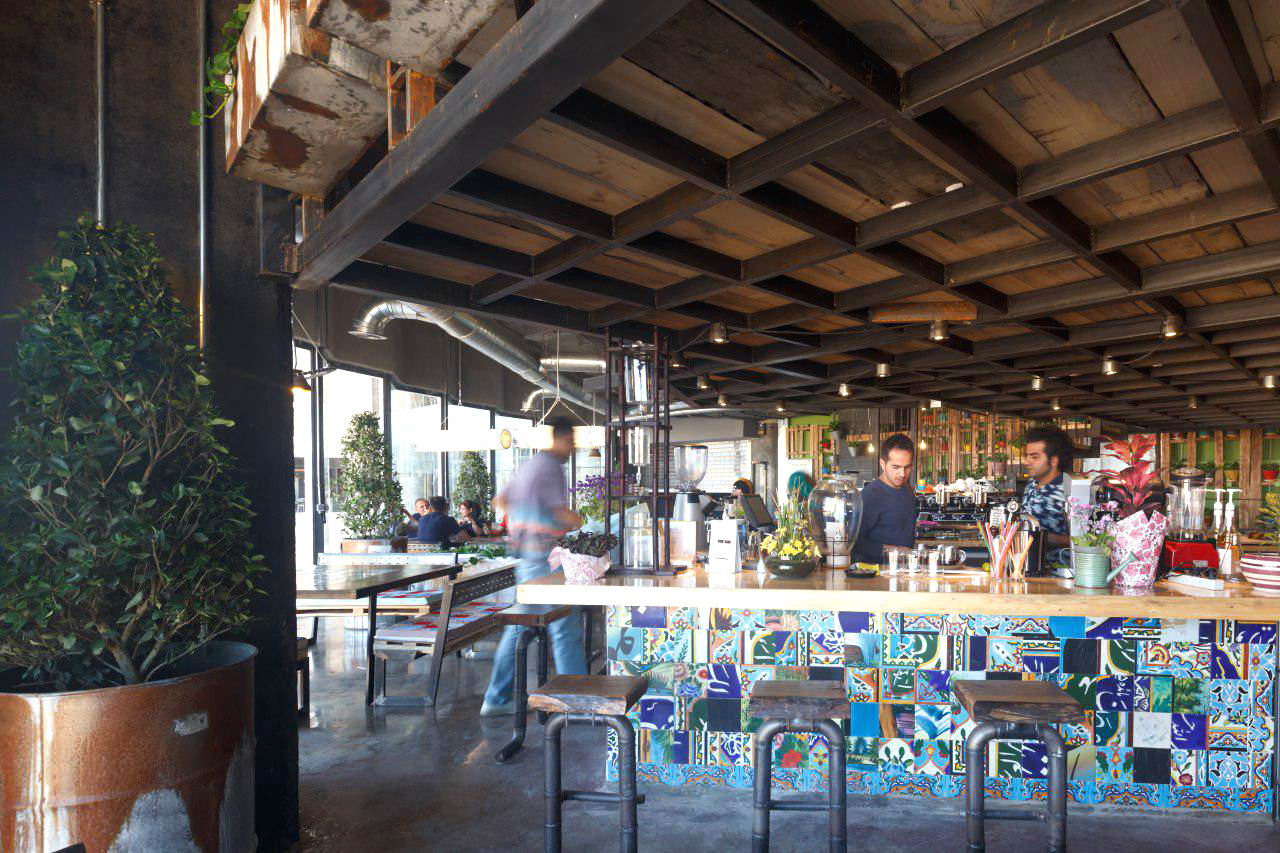 This upcycled café was designed to bring joy and life to a small space of 360 square meters (3875 square feet). Part of a complex in Shiraz, the main goal was exploring how to create a test case for environmental, social and economic sustainability. The details were designed in such a way alongside the help of a professional builder. Devoting part of the café to vegetables not only provided economic self-efficiency, but also filtered the interior air. The team also removed a portion of the cafe’s exterior wall to supply natural light for the plants.
This upcycled café was designed to bring joy and life to a small space of 360 square meters (3875 square feet). Part of a complex in Shiraz, the main goal was exploring how to create a test case for environmental, social and economic sustainability. The details were designed in such a way alongside the help of a professional builder. Devoting part of the café to vegetables not only provided economic self-efficiency, but also filtered the interior air. The team also removed a portion of the cafe’s exterior wall to supply natural light for the plants.
Up-Cycled Warehouse
By Zen Architects, Melbourne, Australia
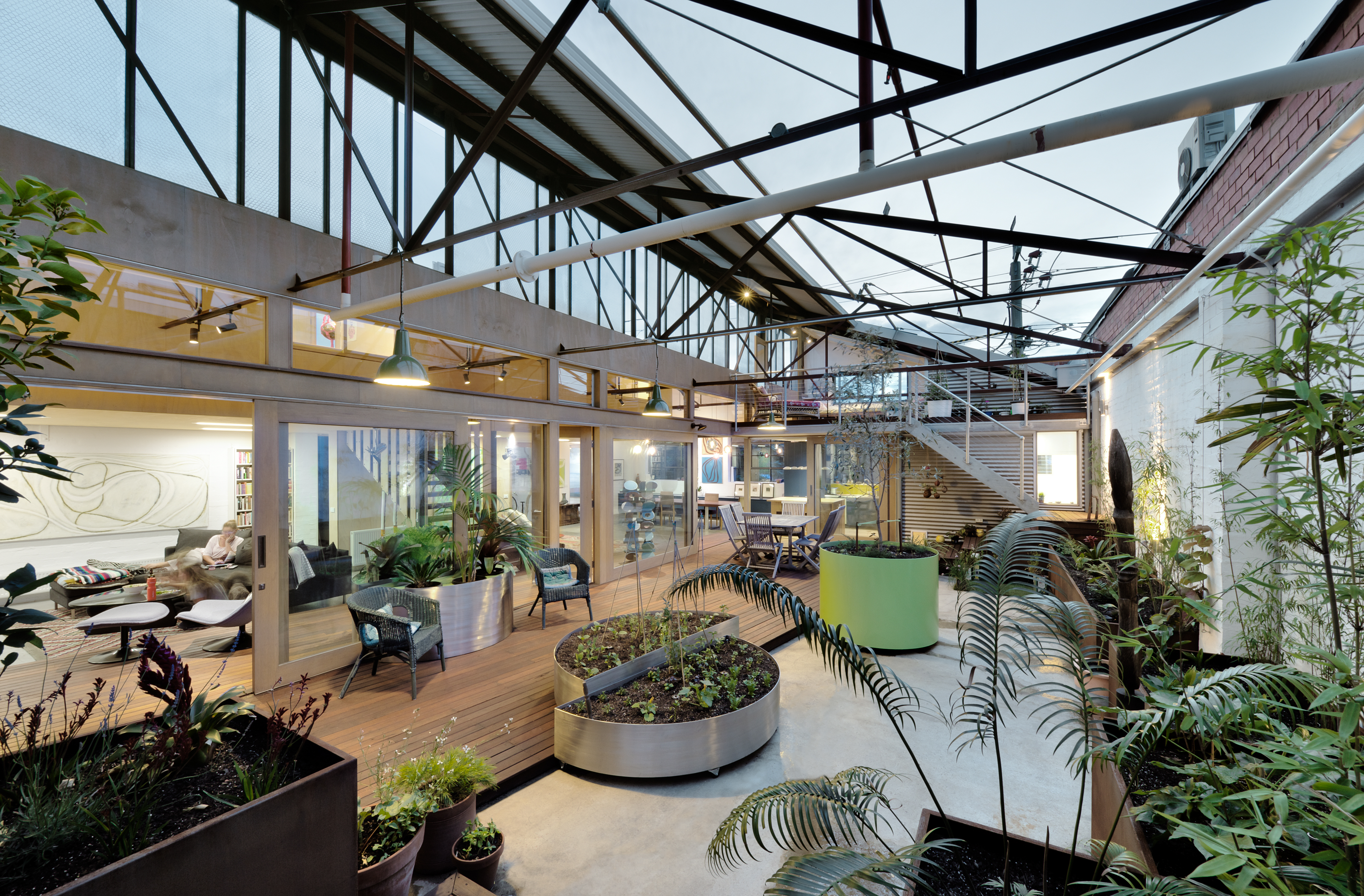
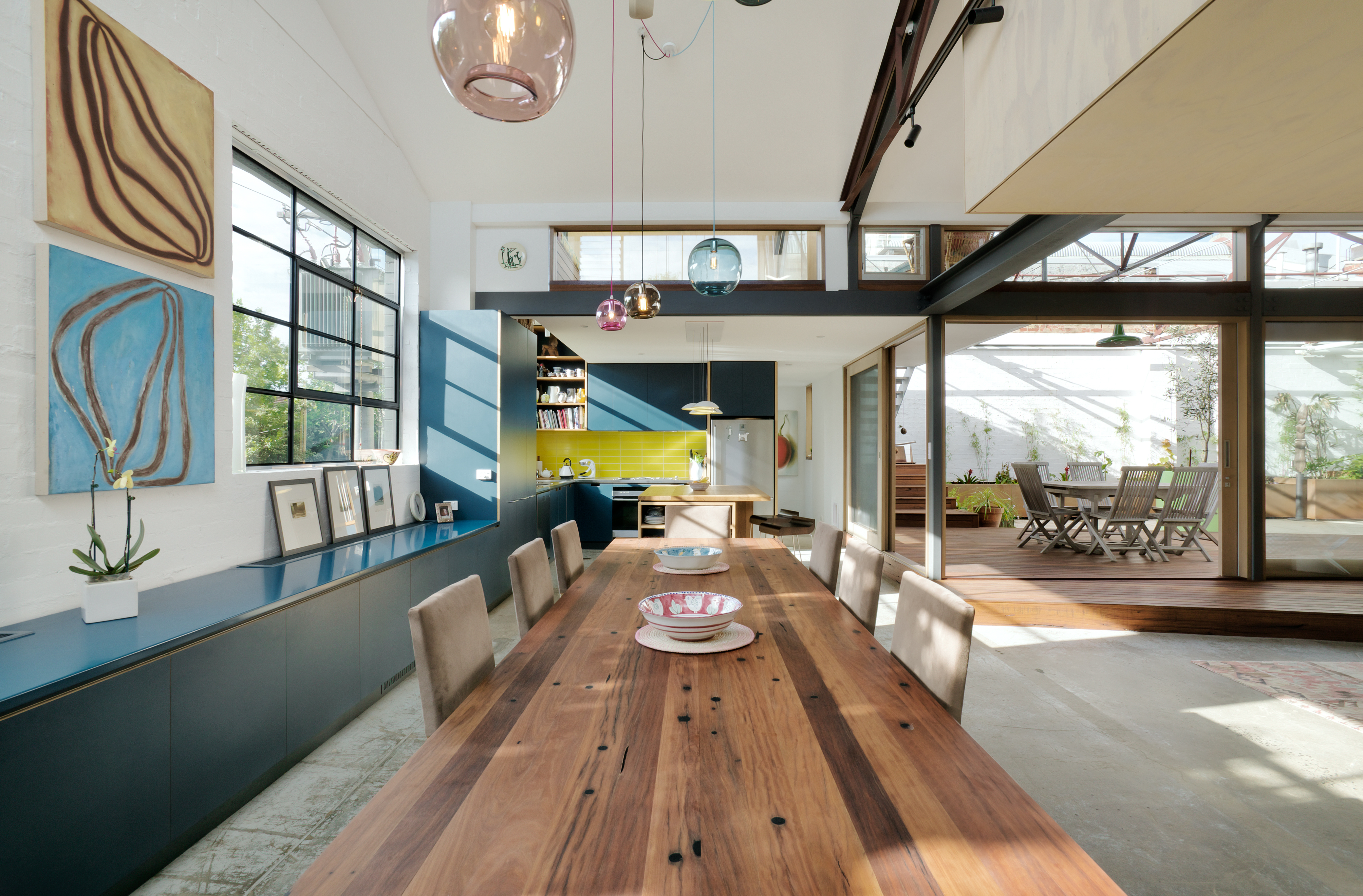 Showcasing a more sustainable approach, the ethos behind the conversion of this 1960s warehouse was to retain and re-use as much of the existing building as possible while still transforming it into a comfortable and energy efficient structure. The philosophy of retaining and re-using materials was applied throughout the project. In addition to the building envelope being retained, many original elements were re-used including light fittings, sprinkler pipes, doors, cladding and roof sheeting. The existing warehouse floor slab was also kept for its inherent embodied energy.
Showcasing a more sustainable approach, the ethos behind the conversion of this 1960s warehouse was to retain and re-use as much of the existing building as possible while still transforming it into a comfortable and energy efficient structure. The philosophy of retaining and re-using materials was applied throughout the project. In addition to the building envelope being retained, many original elements were re-used including light fittings, sprinkler pipes, doors, cladding and roof sheeting. The existing warehouse floor slab was also kept for its inherent embodied energy.
Container Park
By ATÖLYE, Izmir, Turkey
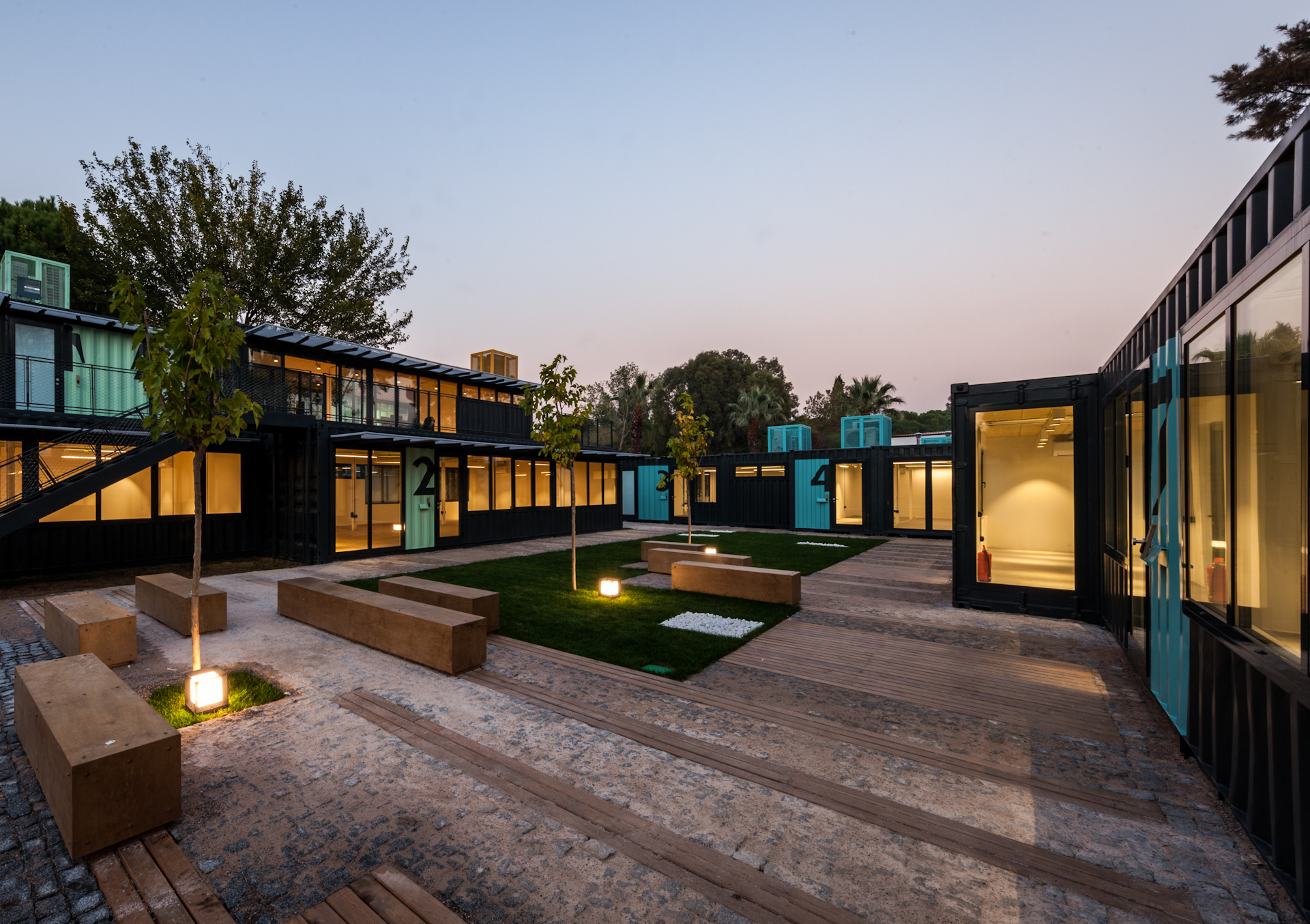
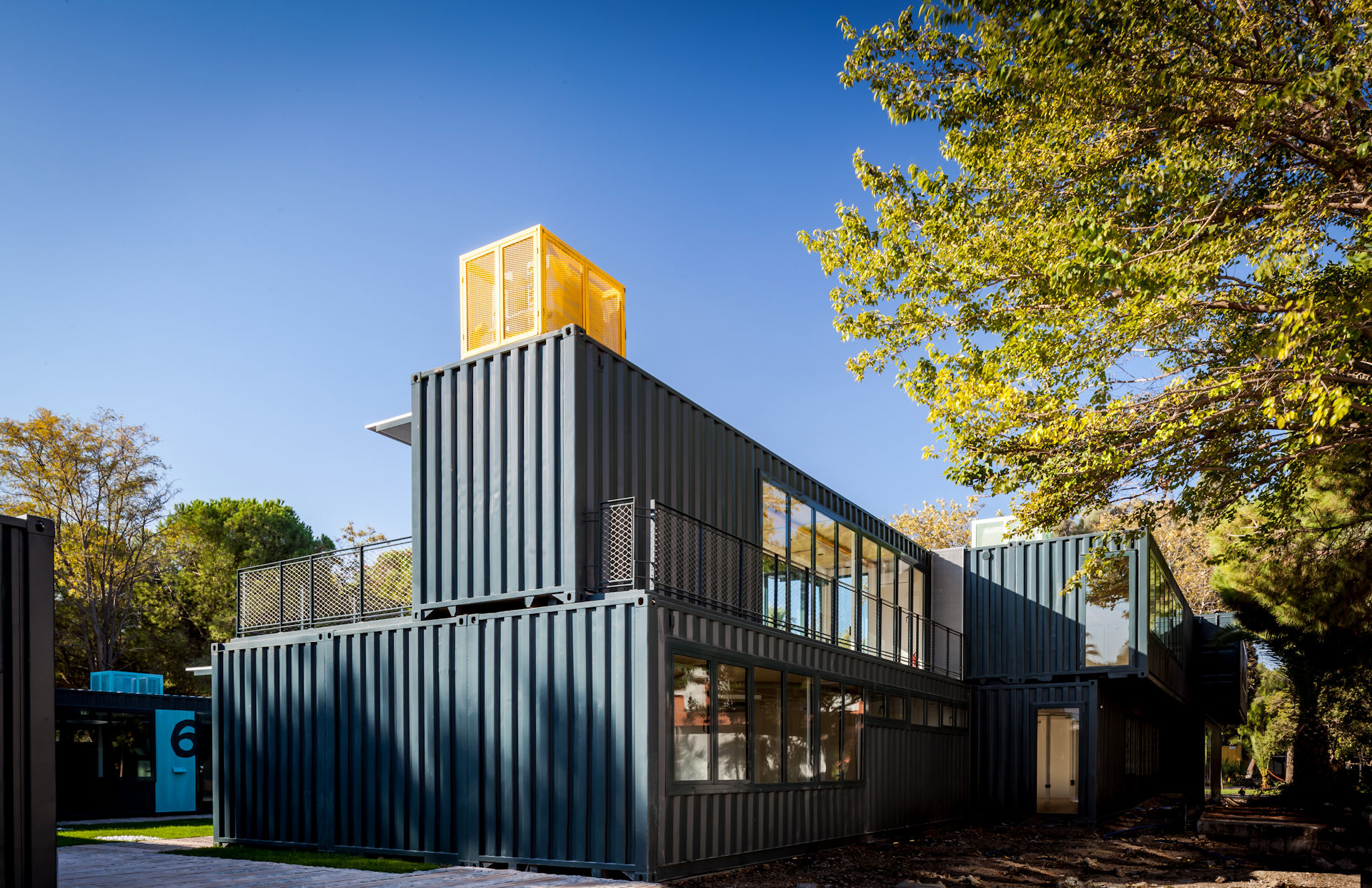 For this Container Park project, the team started with a dormant site and the rubble of a demolished building amidst the large university campus. By repurposing locally acquired secondhand shipping containers located 12km (7.5 miles) away in Izmir port, the design team was able to upcycle an underused site with underused construction materials. A storyboard of possible user interactions helped communicate the importance of programs around art, design and technology. Meanwhile, a vertical ‘beacon’ container, an inner courtyard, narrow cross-circulation corridors, and ample seating spots enable spaces for prospect and refuge, as well as spontaneous encounters and play.
For this Container Park project, the team started with a dormant site and the rubble of a demolished building amidst the large university campus. By repurposing locally acquired secondhand shipping containers located 12km (7.5 miles) away in Izmir port, the design team was able to upcycle an underused site with underused construction materials. A storyboard of possible user interactions helped communicate the importance of programs around art, design and technology. Meanwhile, a vertical ‘beacon’ container, an inner courtyard, narrow cross-circulation corridors, and ample seating spots enable spaces for prospect and refuge, as well as spontaneous encounters and play.
Pavillon Circulaire
By ENCORE HEUREUX, Paris, France

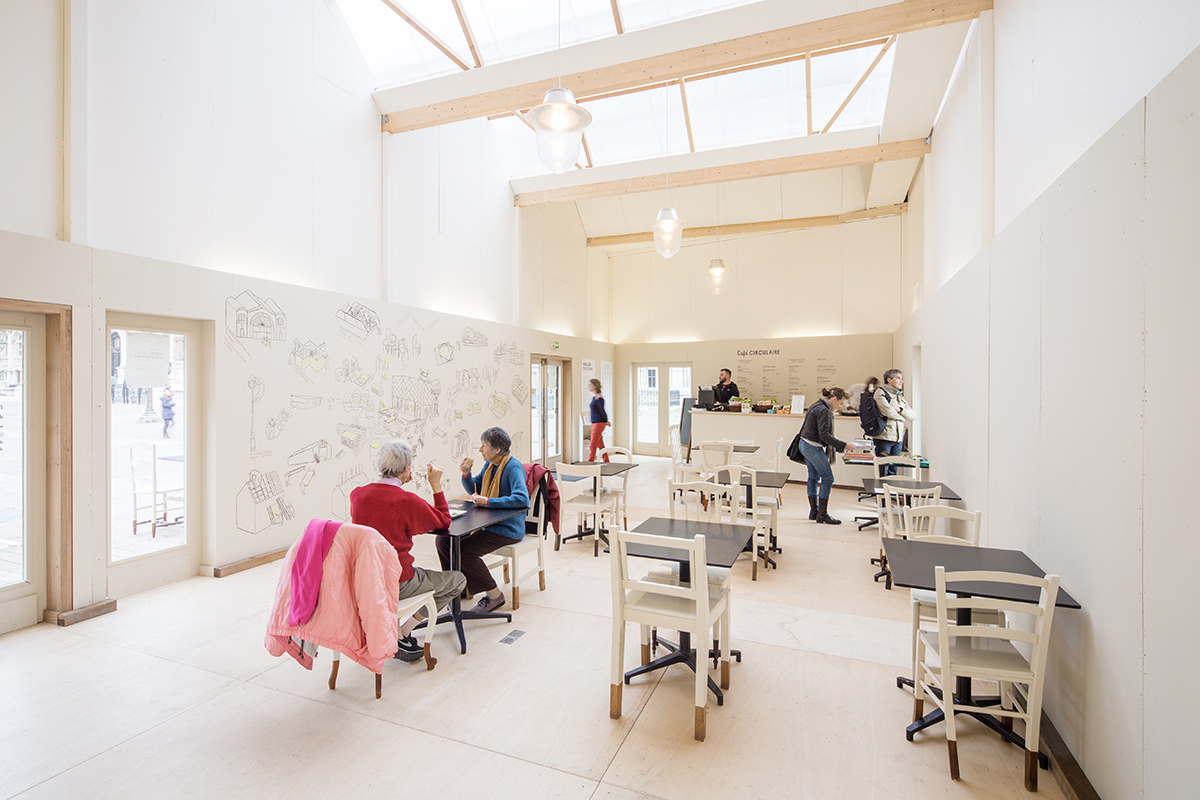 Each of the materials in this pavilion project have their own story. Designed as a singular building, the Circular Pavilion has nothing round. The name describes the process, which follows the circular economy principles wherein one’s waste become others’ resources. Faced with the depletion of natural resources and aims for the a Zero Metropolis Waste ambition, this pavilion demonstrates the potential of re-use in architecture. About 60% of the implemented materials here finds a second life. Waste was taken from construction sites, erroneous orders or unused stocks, including 180 wooden doors, deposited during a housing rehabilitation operation in Paris’ 19th district, which form the façade.
Each of the materials in this pavilion project have their own story. Designed as a singular building, the Circular Pavilion has nothing round. The name describes the process, which follows the circular economy principles wherein one’s waste become others’ resources. Faced with the depletion of natural resources and aims for the a Zero Metropolis Waste ambition, this pavilion demonstrates the potential of re-use in architecture. About 60% of the implemented materials here finds a second life. Waste was taken from construction sites, erroneous orders or unused stocks, including 180 wooden doors, deposited during a housing rehabilitation operation in Paris’ 19th district, which form the façade.
Last chance: The 14th Architizer A+Awards celebrates architecture's new era of craft. Apply for publication online and in print by submitting your projects before the Final Entry Deadline on January 30th!
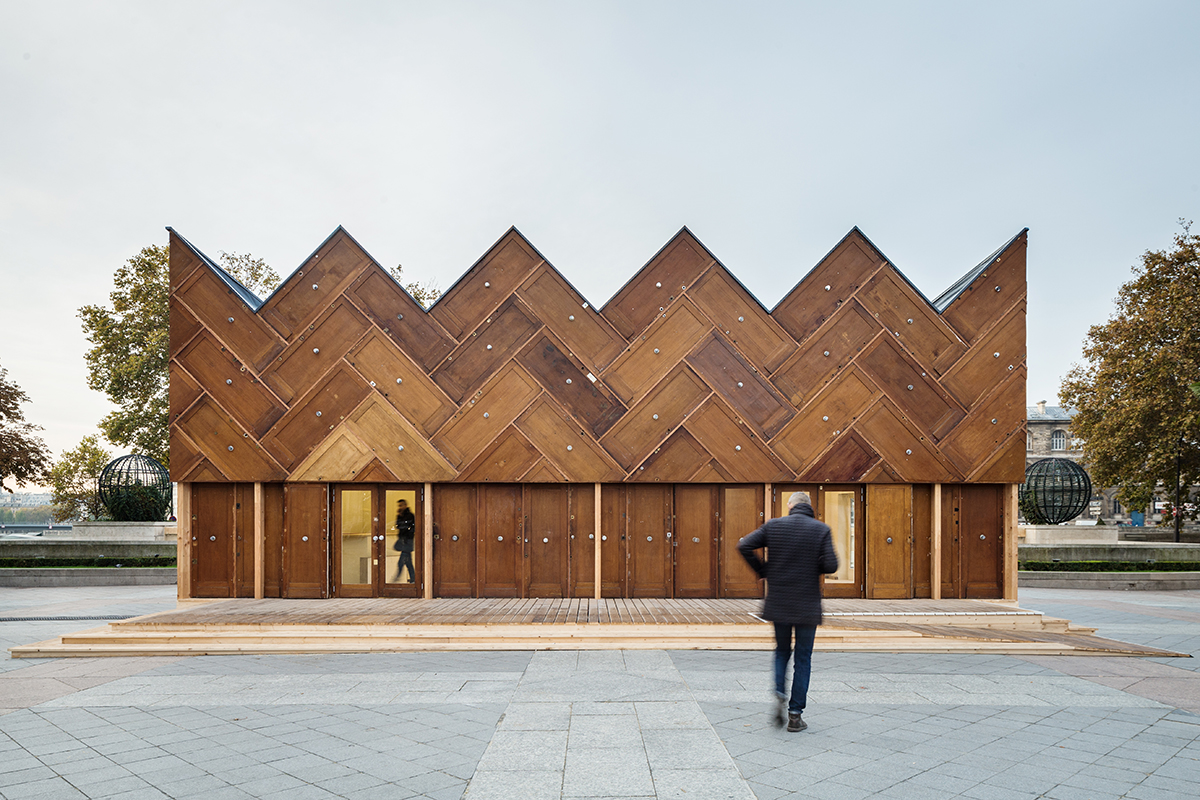
 Container Park
Container Park  NEW AARCH
NEW AARCH  Pavillon Circulaire
Pavillon Circulaire  TuboHotel
TuboHotel  Up-Cycled Warehouse
Up-Cycled Warehouse  UPCYCLE CAFE ( FERDOWSI CAFE )
UPCYCLE CAFE ( FERDOWSI CAFE ) 